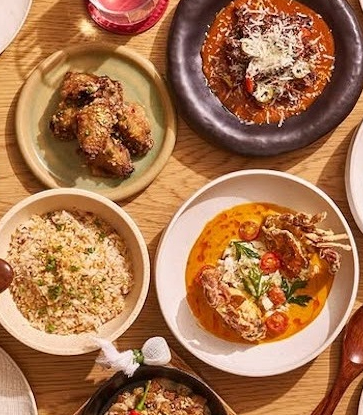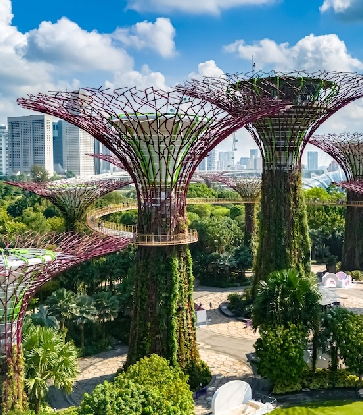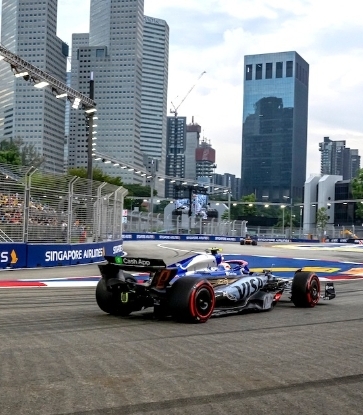

Usage
This Hokkien term is used to describe astringency in tannin-rich food and drinks.
These are the 10 best dishes in the MICHELIN Guide Thailand 2026, according to MICHELIN Inspectors.
Brave the crowds, then feast nearby.
Six new entries are added to the MICHELIN Guide Singapore, spanning contemporary European plates, modern Peranakan flavors, bold Filipino cooking, Sri Lankan-inspired comfort and refined French cuisine. Check them out below.
The MICHELIN Guide Inspectors reveal their favorite dishes from the Philippines’ Starred restaurants: from refined dishes to modern Filipino plates and inventive desserts.
Dazzling light displays and family-friendly festive carnivals without a wintry blanket of snow — that’s how Singapore celebrates the year-end holidays.
Learn the secret sauce behind L’Antica Pizzeria da Michele's Margherita — the only pizza spot in the MICHELIN Guide Singapore.
Hairy crab season is in full swing this 2025! Here are six MICHELIN restaurants in Singapore serving the delicacy at its autumn peak, from classic to creative options.
Inspired by family and rooted in Taiwan’s soil, Iru Den’s cai po butter blends memory, patience and craft into one unforgettable bite.
Singapore’s first and only Three-Key hotel has throughout its 135 years of history, hosted countless dignitaries and celebrities. The storied property on Beach Road is not only rich in history, but also in luxurious experiences that will be remembered through time.
The MICHELIN Guide unveils Singapore's most distinguished hotels of 2025.
Kazuki Arimoto took Omakase @ Stevens to One MICHELIN Star within a year. Now, the executive chef says his goal is clear: to earn a second.
From history and heritage to gourmet eats in the heart of an urban jungle, there are no bad endings in the Singaporean book of gastronomic adventures.
Get a front-row seat to the Formula One 2025 Singapore Grand Prix with these MICHELIN Hotels offering trackside views.
Celebrate the conviviality of the Chinese Mid-Autumn Festival in Singapore with an innovative selection of hearty mooncakes from the best of the best.
Armed with disposable film cameras, chefs documented the MICHELIN Guide Ceremony Singapore 2025's candid moments, from joyful embraces to quiet reflections, offering an intimate, unfiltered look at the celebration. Step into the heart of the event through the eyes of the chefs themselves.
With the latest MICHELIN Guide Singapore unveiled, our inspectors reveal the dishes that made their year of dining unforgettable.















